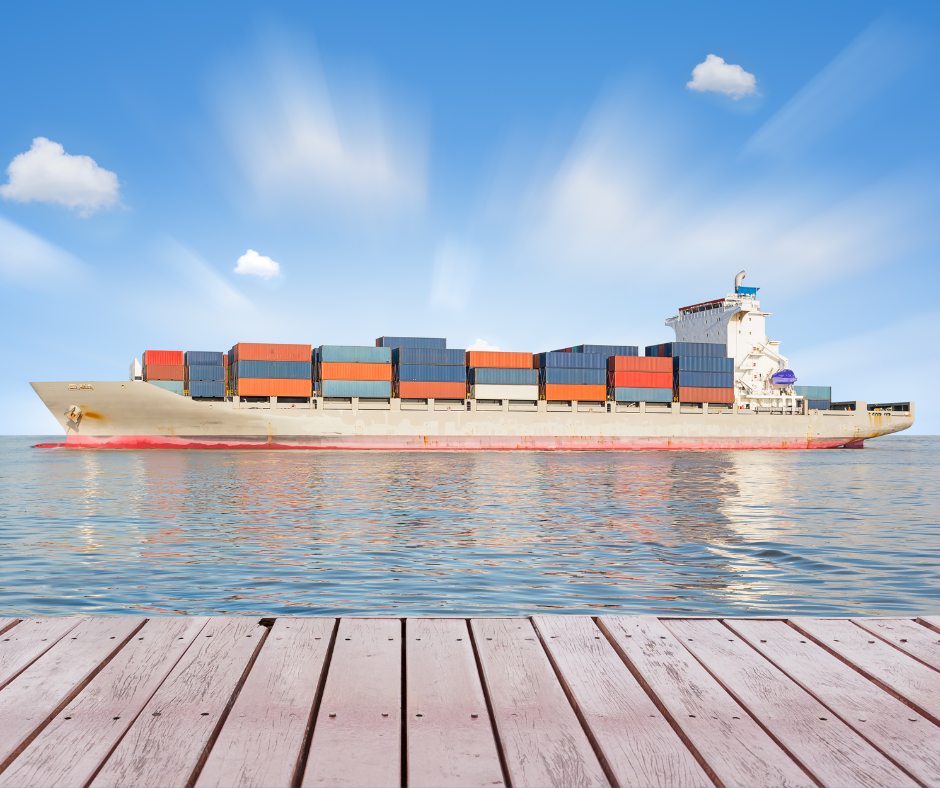
Canada is a trading nation. Roughly 60% of our GDP is generated by international trade. It’s therefore important to get an accurate picture of international trade in this country to highlight trade stats which matter in a meaningful way.
If only 5% of our total economy was wrapped up in international trade, we could afford to report only the top level numbers, but when 60% of our economy is generated by international trade, we have to be more granular in the way we analyze and publish the statistics.
We simply can’t afford to create a false impression, or be guided by false impressions.
So which of the international trade statistics available really matter and why?
Take the automotive industry as an example
With an industry such as automotive, which is extremely important, we tend to focus just on the high level number, the total exports. With only export numbers, you miss that most vehicles exported from Canada contain a significant percentage of imported components. This is true of the industry in most countries.
There’s nothing wrong with that. That’s what keeps those companies manufacturing here – the ability to develop international supply chains.
But the numbers we should be looking at are not the gross numbers of automotive exports. To get a clear picture of trade in Canada, we need to look at the net numbers.
Last year, there were around $89 billion in automotive exports, but in that same year we imported $58 billion worth of auto parts.
Both numbers are important, but in policy formulation terms, you’ve got to be very clear as to where the highest ratios of Canadian value-added are positive, and not to suggest any changes which might diminish those ratios, even if they would increase gross export statistics.
A significant portion of the components in the cars manufactured in Canada involved value-add, meaning that components were being imported from other regions and added to the vehicles before being exported. This number is far from insignificant.
But a few years ago when we did an input/output analysis of Canadian exports, and from the Canadian value-added perspective, the most important sectors were agriculture, mining and forestry.
It’s therefore important to use statistics which reveal what percentage of exports are truly domestic, and focus efforts around initiatives that will increase those numbers to have the maximum effect on the Canadian economy.
We are missing out on some of the positive
When the media report on monthly trade fluctuations, they can miss good news buried in the bad, and bad news buried in the good. The way trade statistics are typically reported, there may be a newspaper story triggered by a sudden drop in exports, right?
For example, there has been no shortage of news stories generated by the price of petroleum.
The price of oil is obviously important, but if the price and the volume of exports are dropping because of oil prices, yet it turns out that exports of automotive parts are up by 40%, and canola oil is up by 15%. That’s also important, and should be reported to give the full picture of what’s happening to understand the full net effect on Canada’s international trade.
Merely looking at the dollar value doesn’t tell you the entire story.
Re-exports are good, so let’s talk about them
This misreporting is occurring in the same way with trade stats that get talked about in several Canadian provinces. There’s a great deal of significance given to total exports in each province, but that becomes a problem when we start looking at provincial exports in competitive, rather than cooperative, terms.
If re-exports grow, that’s good! By re-exports I mean products that are imported from one province and exported out of another. For example, canola oil is imported from Saskatchewan and exported from British Columbia to other markets. It’s a re-export.
Since British Columbia is Canada’s Pacific gateway, a huge amount of what goes through B.C. ports comes from the rest of Canada, particularly the Prairies.
This certainly doesn’t diminish the important role of ports in British Columbia in Canada’s trade, but it shows the focus on re-exports from this province. Plus, it shows how significant the efficient running of B.C. ports is for the whole country, not just the province.
Re-exports are still important to the Canadian economy and that of each province but, if there was a strike in the port of Vancouver, which there was recently, the impact would not be solely on B.C.
Intuitively we know that.
But if we tracked the re-exports from B.C. and their source of origin, and put those measures out in press releases, the national impact of good public policy, on Canada’s West Coast specifically, would become more apparent than it may be the at the moment.
So how can Canada use these statistics to work to establish a strong trading environment?
That is a good question.
It’s a question that we are throwing out to the major trade associations, such as the organizations that stepped up to create FITT.
It’s well past the time that we took a good look at the private sector. From the private sector, what are the barriers, and how can we best measure them statistically? From the private sector, where can governments at all three levels intervene to assist business in achieving the goals they set up? We don’t want a government plan here, but one driven by the private sector.
I’m tired of governments trying to direct Canadian companies. Instead of directing, governments should be asking: Where are you going, what statistics do you need to know, and how can we help you get there?
We can’t compete on price alone
The reality is we are still heavily exchange-rate driven in our success in international trade, and that factor will always be there. But the more we can sustain our economy on the basis of creativity, innovation, trading smart, and the less we have to rely on a relatively cheap dollar to succeed, the better off we’ll be.
Canada should be building margins through knowledge gained from trade statistics and trade training, not through the movement of the Canadian dollar.
Long-term, we have to do whatever it takes to ensure that the capacity is built throughout Canadian industry that matches the best of our best companies.
There are a lot of fantastic companies doing wonderful things around the world and leading by example, who are clearly driven by innovation, market research, knowledge and skills.
What we need now is a better understanding of the statistics behind these companies, and how we can foster more companies with this same level of success.
How do you think Canada can better use trade statistics to strengthen the environment for trade?







disqus comments